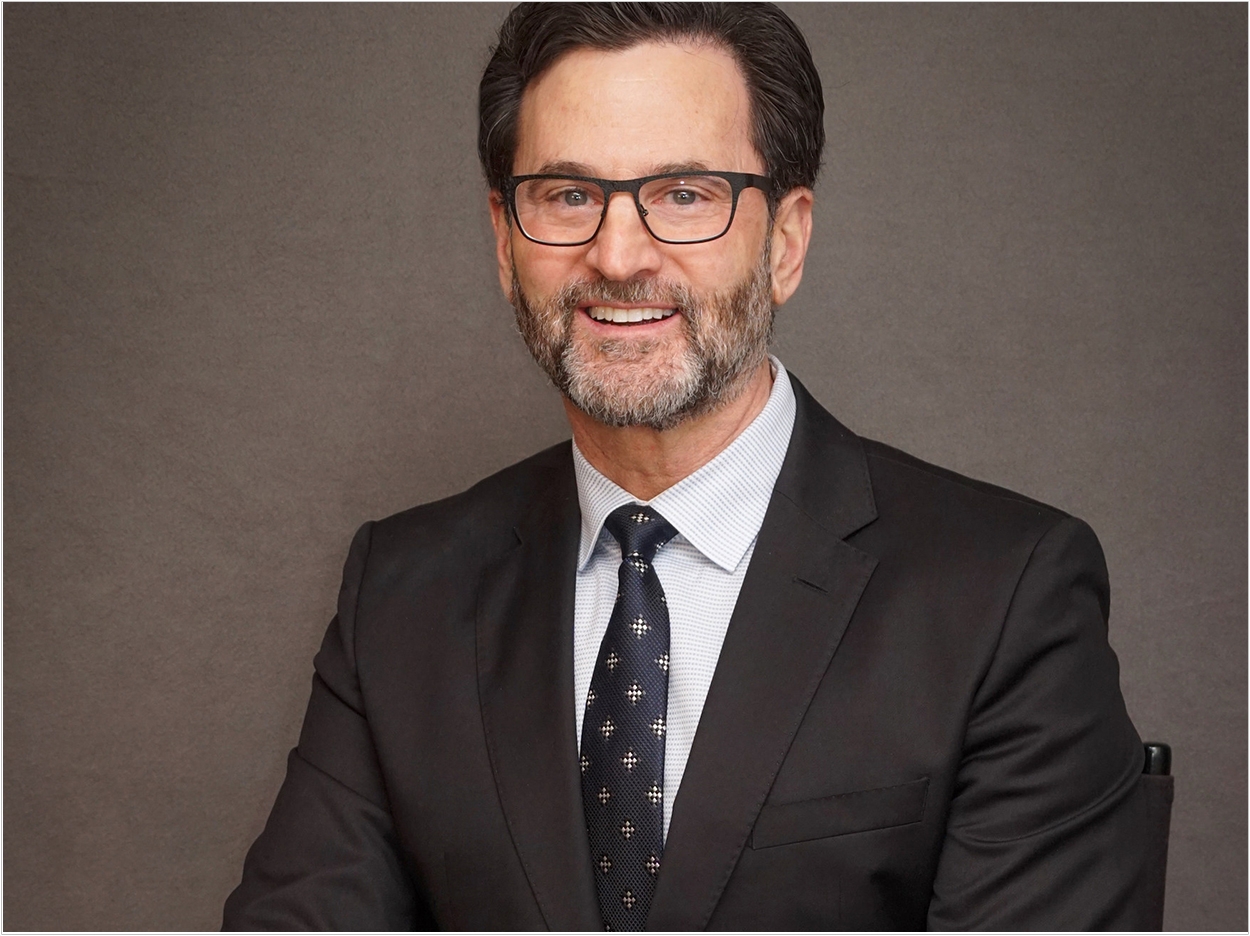
For the eleventh consecutive year, dentists are marking Sedation Safety Week, an annual campaign that aims to refresh and reinforce the profession’s commitment to patient health and well-being.
According to DOCS Education, more than 92 million Americans fear seeing a dentist. Yet sedation dentistry has enabled more than 22 million once-reluctant individuals to receive safe and pain-free treatment without incident over the past two decades, DOCS Education reports.
“Today, oral sedation is mainstream, with more than 24,000 practicing dentists now relying on the DOCS Education protocols and training to treat millions of grateful patients annually,” said Michael D. Silverman, DMD, cofounder and president of DOCS Education.
According to Silverman, general dentists who have provided oral sedation to their patients for years without incident now may lose the right to do so in many states unless they undertake extensive and expensive additional continuing education.
“This year’s Sedation Safety Week, once again, is also intended to serve as a reminder to regulators, politicians, and dental profession leaders that the battle over oral sedation is about more than internecine rivalries,” said Silverman. “It is, first and foremost, a fight for patients’ access to care.”
Last week, the ADA’s National Commission on Recognition of Dental Specialties and Certifying Boards officially recognized dental anesthesiology as a dental specialty, based on an application from the American Society of Dentist Anesthesiologists (ASDA).
In its application, the ASDA provided documentation showing that dental anesthesiology is a distinct and well-defined field that requires unique knowledge and skills beyond those commonly possessed by dental school graduates.
Also, the ASDA demonstrated that dental anesthesiology requires advanced knowledge and skills and that it scientifically contributes new knowledge, education, and research both in the field and in the profession. Upon review of the application, the ADA agreed that it meets these guidelines.
“The historic vote by the National Commission certainly reflects the ADA’s ongoing efforts towards improved patient care and safety in the areas of dental sedation, dental anesthesiology, and access for those with special healthcare needs,” said James Tom, DDS, MS, ASDA president.
“When the American Dental Association or state regulators succumb to the pressures of self-interested dentists and unnecessarily tighten the governance of general dentists who use oral sedation, they are effectively restricting the number of patients who can receive safe, effective dental care,” said Silverman. “And that is unconscionable.”
Related Articles
ADA Now Recognizes Dental Anesthesiology as a Specialty
What Is a Dentist Anesthesiologist?
Protections for Children With Dental Sedation (Part 2)


